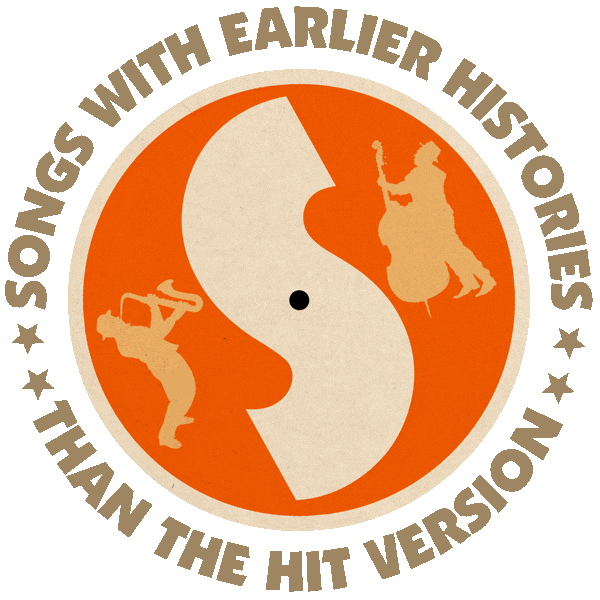First performed by Scott Joplin (1902).
First recorded (as “Easy Winner”) by The Blue Boys (1928).
Also recorded by Joshua Rifkin (1970).
Hit version by Marvin Hamlisch (US #3/MOR #1 1973).
From the wiki: “‘The Entertainer’, a classic piano rag, was composed in 1902 by Scott Joplin. It was sold first as sheet music. Later, in the 1910s, it enjoyed sales as a ‘piano roll’ to be played/reproduced on player pianos. It was not until 1928 when ‘The Entertainer’ was first recorded by blues and ragtime musicians, The Blue Boys, playing on mandolin and guitar. The Blue Boys were Matthew Prater and Napoleon Hayes, from Vicksburg, MS, and they combined their recording into a medley with ‘Creole Belle’, titling it ‘Easy Winner’.

